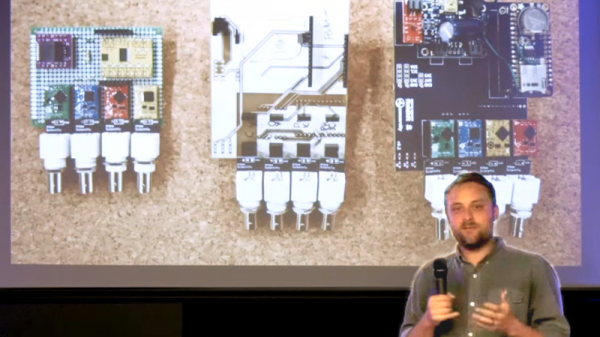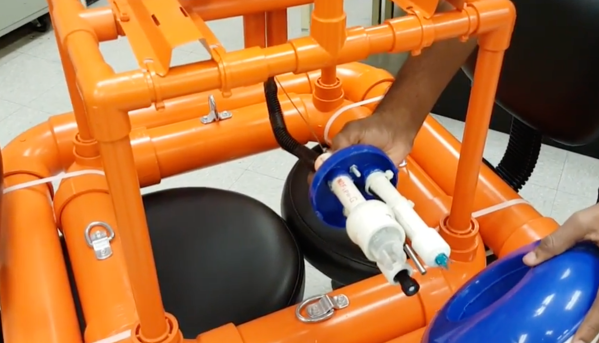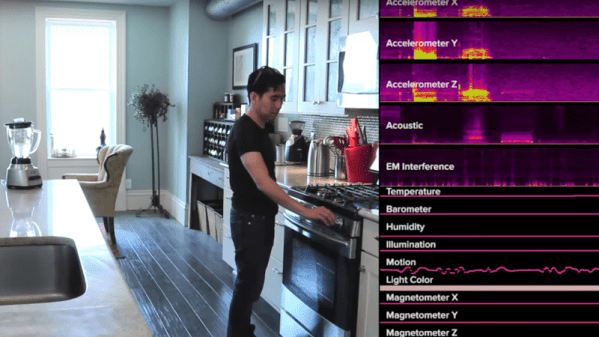When we think of building research hardware, lab coats and pristine workbenches come to mind. Shah Selbe used to do something kind of like that when he was engineering satellite propulsion systems. But after putting twelve of them into space, he ditched the office gig and took his gear to some of the wildest places on earth. He’s an explorer and fellow with the National Geographic Society, and at the Hackaday Superconference he shared his experiences building research hardware that gathers data in incredibly remote places.
Shah makes a really good point about two very different trends in our world over the past several decades. While we’ve had unparalleled technological growth, we’ve also seen horrifying wildlife trends to the point that some scientists believe we’re currently in a sixth mass extinction event. But to know that for sure, and look for ways to prevent and reverse it, we need reliable data. This is a fascinating problem because the world is huge, and we simply can’t monitor everything.
Continue reading “Shah Selbe: Science In The World’s Wildest Places”





















